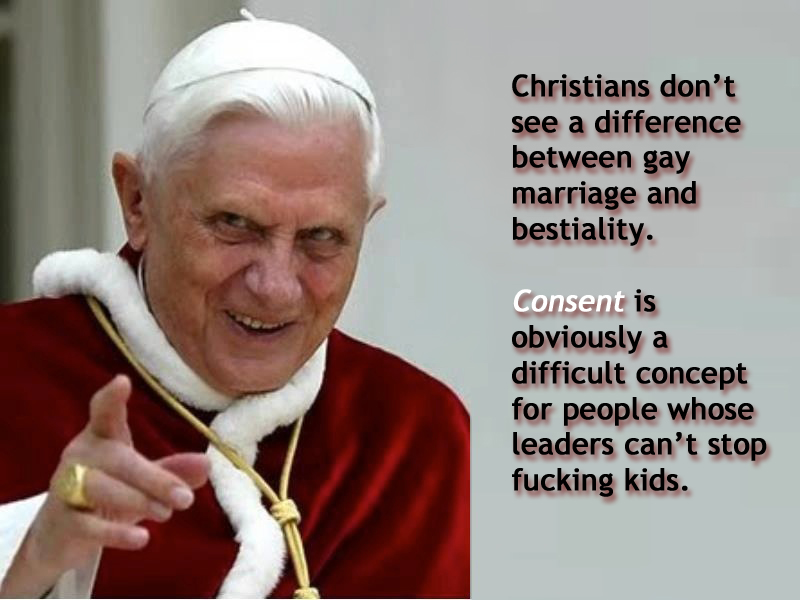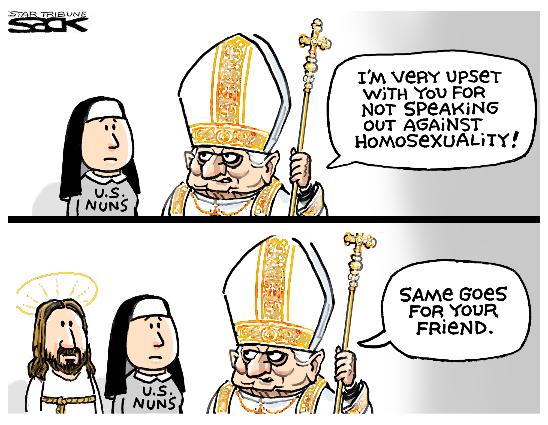Too open about HIV for his own good
A ZIMBABWEAN pastor was asked to leave by two churches when they discovered that he was HIV-positive.
 The pastor, the Revd Maxwell Kapachawo, said that he had been trying to break the taboo about the disease by sharing his status with the parishes; but he was asked to leave as a result. A third parish has accepted his status and his position.
The pastor, the Revd Maxwell Kapachawo, said that he had been trying to break the taboo about the disease by sharing his status with the parishes; but he was asked to leave as a result. A third parish has accepted his status and his position.
Mr Kapachawo said this week: “I felt I had to speak out. The Church must not shy away from HIV. It needs to be a place of healing and care. We must work together to tackle HIV. Everyone in Zimbabwe has family or friends who are no longer here because of HIV. There are many orphans.
“My new congregation asked many questions, but this time I was accepted, and, because of it, people are talking. I hope, as a result, people will learn about HIV, and lives will be saved.”
About 4.5 million adults in Zimbabwe are HIV-positive. The mission agency USPG is working with Mr Kapachawo to raise awareness of HIV in other churches in the country.
Zimbabwe was recently awarded $183 million to combat AIDS and HIV by the Global Fund, although the fund’s directors warned that Western donors were failing to hand over money that had been promised. Last year, it was forced to cancel its funding round for the first time in a decade, although it found some emergency cash for countries such as Zimbabwe, which are heavily reliant on its donations.
More and more countries have failed to pay their stated commitments to the fund in recent years. Some donors suspended payments after adverse publicity about mismanagement of the fund, but these payments were eventually reinstated.
Complete Article HERE!
The Myth About Marriage
COMMENTARY
Why do some people who would recognize gay civil unions oppose gay marriage? Certain religious groups want to deny gays the sacredeness of what they take to be a sacrament. But marriage is no sacrament.
 Some of my fellow Catholics even think that “true marriage” was instituted by Christ. It wasn’t. Marriage is prescribed in Eden by YHWH (Yahweh) at Genesis 2.24: man and wife shall “become one flesh.” When Jesus is asked about marriage, he simply quotes that passage from Genesis (Mark 10.8). He nowhere claims to be laying a new foundation for a “Christian marriage” to replace the Yahwist institution.
Some of my fellow Catholics even think that “true marriage” was instituted by Christ. It wasn’t. Marriage is prescribed in Eden by YHWH (Yahweh) at Genesis 2.24: man and wife shall “become one flesh.” When Jesus is asked about marriage, he simply quotes that passage from Genesis (Mark 10.8). He nowhere claims to be laying a new foundation for a “Christian marriage” to replace the Yahwist institution.
Some try to make the wedding at Cana (John 1.1-11) somehow sacramental because Jesus worked his first miracle there. But that was clearly a Jewish wedding, like any other Jesus might have attended, and the miracle, by its superabundance of wine, is meant to show the disciples that the Messianic time has come. The great Johannine scholar Father Raymond Brown emphasizes this, and concludes of the passage: “Neither the external nor the internal evidence for a symbolic reference to matrimony is strong. The wedding is only the backdrop and occasion for the story, and the joining of the man and woman does not have any direct role in the narrative.”
The early church had no specific rite for marriage. This was left up to the secular authorities of the Roman Empire, since marriage is a legal concern for the legitimacy of heirs. When the Empire became Christian under Constantine, Christian emperors continued the imperial control of marriage, as the Code of Justinian makes clear. When the Empire faltered in the West, church courts took up the role of legal adjudicator of valid marriages. But there was still no special religious meaning to the institution. As the best scholar of sacramental history, Joseph Martos, puts it: “Before the eleventh century there was no such thing as a Christian wedding ceremony in the Latin church, and throughout the Middle Ages there was no single church ritual for solemnizing marriage between Christians.”
Only in the twelfth century was a claim made for some supernatural favor (grace) bestowed on marriage as a sacrament. By the next century marriage had been added to the biblically sacred number of seven sacraments. Since Thomas Aquinas argued that the spouses’ consent is the efficient cause of marriage and the seal of intercourse was the final cause, it is hard to see what a priest’s blessing could add to the reality of the bond. And bad effects followed. This sacralizing of the natural reality led to a demoting of Yahwist marriage, the only kind Jesus recognized, as inferior to “true marriage” in a church.
In the 1930s, my parents had a civil marriage, but my Catholic mother did not think she was truly married if not by a priest. My non-Catholic father went along with a church wedding (but in the sacristy, not the sanctuary) by promising to raise his children as Catholic. My mother thought she had received the sacrament, but had she? Since mutual consent is the essence of marriage, one would think that the sacrament would have to be bestowed on both partners; but my non-Catholic father could not receive the sacrament. Later, when my father left and married another, my mother was told she could not remarry because she was still married to my father in the “true marriage.” When he returned to my mother, and became a Catholic, a priest performed again the sacramental marriage. Since my father’s intervening marriage was “outside the church,” it did not count. What nonsense.
Those who do not want to let gay partners have the sacredness of sacramental marriage are relying on a Scholastic fiction of the thirteenth century to play with people’s lives, as the church has done ever since the time of Aquinas. The myth of the sacrament should not let people deprive gays of the right to natural marriage, whether blessed by Yahweh or not. They surely do not need—since no one does—the blessing of Saint Thomas.
Complete Article HERE!
Civil partnership, medieval style: In the days when same-sex marriage was a Christian rite
Same-sex unions in Christian churches were held as long ago as the Middle Ages, research shows.
Historians say the ceremonies included many of the acts involved in heterosexual marriages, with the whole community gathering in a church, the blessing of the couple before an altar and an exchange of holy vows.
All of these elements are depicted in contemporary illustrations of the holy union of the Byzantine Warrior-Emperor, Basil the First (867-886 AD) and his companion John, an article published on the I Heart Chaos blog this week says.
And Prof John Boswell, the late chairman of Yale University’s history department, found there were ceremonies called the Office of Same-Sex Union and the Order for Uniting Two Men in the 10th to 12th centuries.
The medievalist published Christianity, Social Tolerance, and Homosexuality: Gay People in Western Europe from the Beginning of the Christian Era to the Fourteenth Century in 1980.
According to the Lesbian, Gay, Bisexual, and Transgender Studies section of Yale University’s website, the controversial book argued that the modern Catholic Church’s stance on homosexuality ‘departed from the tolerance and even celebration of homosexual love that had characterized the first millennium of the Church’s teachings’.
The research brings into perspective the debate raging in America over same-sex marriage after President Barack Obama announced that he now supports it.
The chronicler Gerald of Wales (‘Geraldus Cambrensis’) recorded same-gender Christian unions taking place in Ireland in the late 12th and early 13th centuries.
An icon in a Kiev art museum (pictured above) shows two robed Christian martyrs, St Sergius and St Bacchus who some modern scholars believe were gay.
The image of the two men has a traditional Roman ‘pronubus’ (best man), in the image of Christ between them, apparently overseeing their wedding.
Severus, the Patriarch of Antioch (512 – 518 AD) explained that, ‘we should not separate in speech they [Sergius and Bacchus] who were joined in life.’
One Greek 13th century rite called the Order for Solemn Same-Sex Union, invoked St Serge and St Bacchus and called on God to ‘vouchsafe unto these, Thy servants [N and N], the grace to love one another and to abide without hate and not be the cause of scandal all the days of their lives, with the help of the Holy Mother of God, and all Thy saints’.
And the ceremony concluded with the words: ‘And they shall kiss the Holy Gospel and each other, and it shall be concluded.’
A 14th century Serbian Slavonic Office of the Same Sex Union involved the couple laying their right hands on a Bible while they had a crucifix placed in their left hands.
After kissing the Bible, they were then required to kiss each other and the priest gave them communion.
Records of Christian same-sex unions dating back to medieval times have been found around the world in places as far flung as the Vatican, St Petersburg and Istanbul.
Complete Article HERE!



